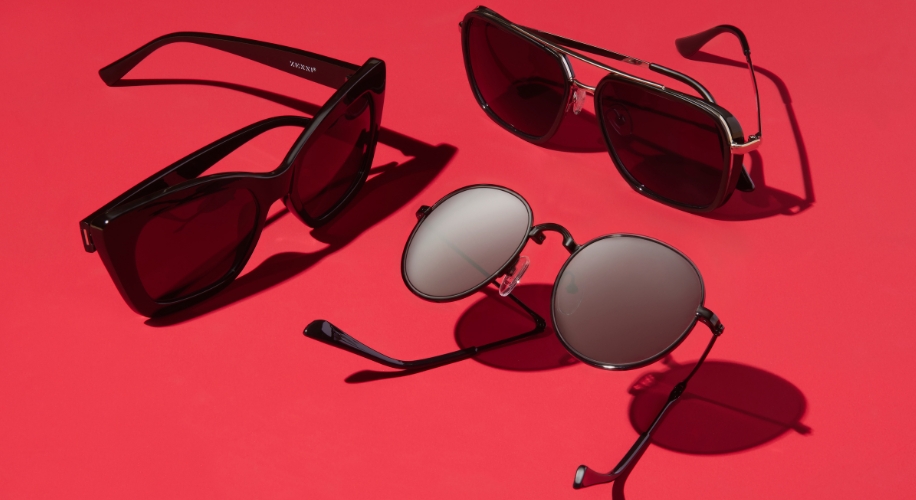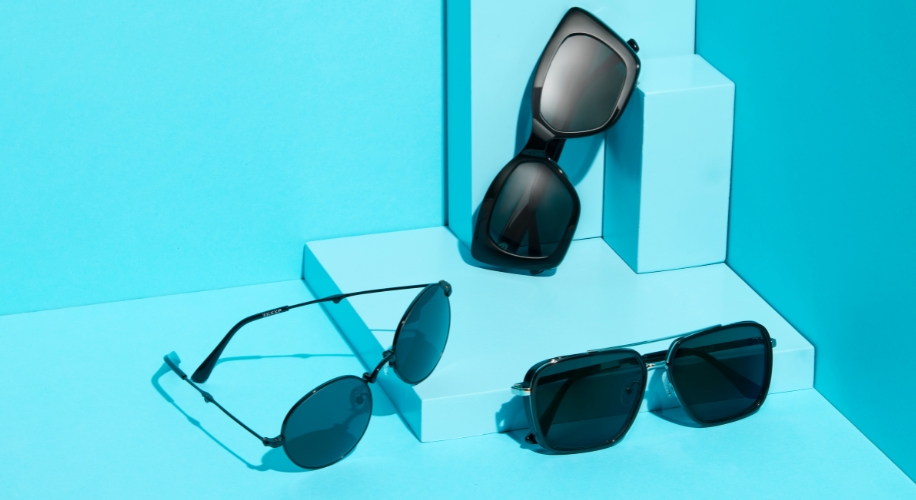All You Need to Know About Sunglasses
- BY Dr. Steven Liem
- IN Sunglasses

Sunglasses are more than just a fashion statement. They protect your eyes from harmful ultraviolet (UV) rays, reduce eye strain in bright conditions, and safeguard your eyes from dust and wind. Let’s delve into the fascinating world of sunglasses and learn about different styles, benefits, and how to choose the right pair.
The Importance of Sunglasses for Eye Health
Many people wear sunglasses for comfort and style, yet their most significant function lies in their ability to shield your eyes from harmful UV radiation. Prolonged exposure to UV rays can potentially lead to serious eye problems, including cataracts and macular degeneration. Thankfully, quality sunglasses are designed to block out 100% of UV rays, making them an essential accessory for maintaining good eye health.
- UVA Protection: UVA rays can penetrate the middle layer of your cornea and reach your lens and retina, potentially causing serious eye conditions.
- UVB Protection: UVB rays can damage the front part of your eye, affecting your cornea and lens.
It’s crucial to choose sunglasses that block 100% of these harmful rays. Look for labels that state the glasses offer 100% protection against both UVA and UVB rays or state the glasses provide UV400 protection, which blocks all light rays with wavelengths up to 400 nanometers (which covers all of UVA and UVB rays).
Types of Sunglasses
Sunglasses come in a variety of styles, types, and materials. Understanding the types of sunglasses can help you choose the best pair for your needs and style.
- Polarized Sunglasses: These reduce glare from reflective surfaces, making them ideal for outdoor activities and driving. They can also help reduce eye strain on sunny days.
- Photochromic Sunglasses: These are optical lenses that darken on exposure to certain types of light, most commonly ultraviolet (UV) radiation. Once the light source is removed (for example, by walking indoors), the lenses will gradually return to their clear state.
- Mirrored Sunglasses: Mirrored sunglassess have a reflective optical coating on the outside of the lenses to make them appear like small mirrors and are particularly useful in conditions of sand, water, snow, and higher altitudes.
Remember, the color and degree of darkness in sunglasses have nothing to do with the lenses’ ability to block UV rays. Even clear eyeglasses can protect your eyes from UV radiation.

Choosing the Right Sunglasses
Choosing the perfect pair of sunglasses involves more than just lens protection. The right sunglasses can enhance your comfort, performance, and style. Here are a few things to consider:
- Face Shape: The shape of your face can help determine the style of sunglasses that are most flattering. For example, if you have an oval face, you might consider square or rectangular frames to add contrast.
- Style: Sunglasses are a great way to express your style. From classic aviators to trendy oversized frames, there’s a style for every personality.
- Comfort: The most effective sunglasses are the ones you’ll wear. Make sure the pair you choose fits well and is comfortable for extended wear.
Remember, the best sunglasses are the ones that you enjoy wearing. Whether you choose a trendy pair or stick with a classic style, the most important thing is that they protect your eyes from harmful UV rays.

